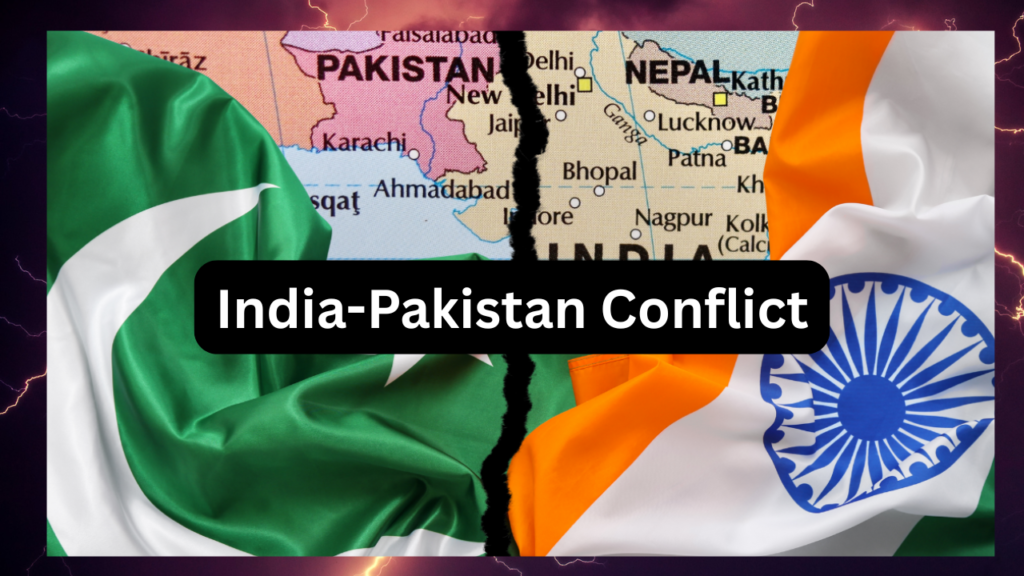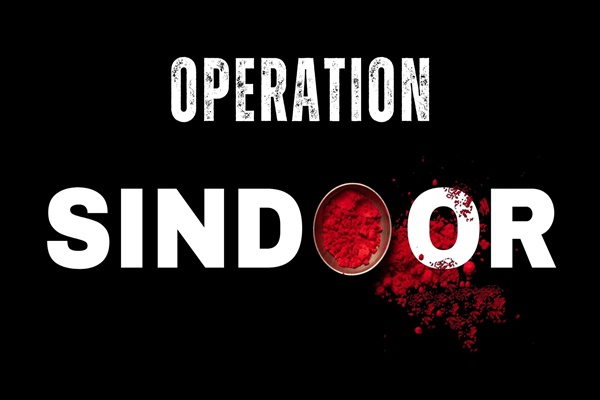
India-Pakistan Conflict
May 9, 2025 – Tensions between India and Pakistan have reached their most dangerous level in years, with both nuclear-armed neighbors trading drone strikes, artillery fire, and accusations of unlawful aggression along their disputed borders. The situation remains fluid and volatile, with each side presenting sharply conflicting narratives and a surge of misinformation complicating the picture for observers worldwide.
Military Escalation: What We Know
On Wednesday, India announced that its military had conducted targeted strikes on nine locations in Pakistan and the Pakistan-administered region of Kashmir. Indian officials described these operations as precision attacks against militant infrastructure, specifically targeting groups such as Jaish-e-Mohammad and Lashkar-e-Taiba, which New Delhi accuses of orchestrating cross-border terrorism.
In response, Pakistan accused India of “unlawful aggression” and claimed to have downed more than two dozen Indian drones that allegedly crossed into its airspace. Pakistani military officials reported that six sites in Pakistan-administered Kashmir and Punjab Province were struck, resulting in over 20 deaths and dozens of injuries. They further stated that five additional locations were targeted, bringing the total reported casualties to at least 28 dead and over 35 wounded.
On the Indian side of Kashmir, local residents reported at least 10 fatalities attributed to artillery fire originating from Pakistan following India’s strikes. Both nations have accused each other of initiating the latest round of violence, and the assertions made by either side could not be independently verified due to restricted access and ongoing hostilities.
Ceasefire Violations and Retaliatory Actions
Indian military sources stated that Pakistani forces launched “multiple attacks” using drones and munitions along India’s entire western border on Thursday night and into Friday. Indian air defense units reportedly intercepted at least eight missiles aimed at key border areas, including the strategically significant Jammu Airport. Indian officials compared these tactics to those used by terrorist organizations, referencing recent alleged meetings between Pakistan’s intelligence services and Hamas operatives.
Pakistan, meanwhile, denied any offensive operations targeting Indian-administered Kashmir or other Indian territories. Officials in Islamabad dismissed Indian claims as “baseless and politically charged,” insisting that Pakistani military activity was strictly defensive in nature.
Rising Civilian Toll and Humanitarian Concerns
The cross-border violence has had a severe impact on civilians. Pakistani authorities reported at least 20 civilian deaths in the latest strikes, while Indian officials cited at least 10 civilian casualties from Pakistani artillery fire. Local officials near the Line of Control (LoC) described an unusually fierce night of shelling, with at least four civilians killed and 12 others injured, as exchanges continued into Friday morning.
Misinformation and the “Fog of War”
The current crisis has been exacerbated by a flood of misinformation on social media. Viral videos and images purporting to show recent attacks have been widely shared, but many have been debunked as old or unrelated footage. Fact-checkers have identified clips from unrelated conflicts, video games, and even natural disasters being misrepresented as evidence of recent strikes in the region.
“Social media platforms are awash with posts purportedly depicting India’s military actions against Pakistan and the Pakistan-administered region of Kashmir. However, many of these clips are misrepresented and appear designed to escalate existing tensions.” – DW Fact Check
Both Indian and Pakistani authorities have urged the public and media to rely on official sources and avoid amplifying unverified claims. The U.S. and other international actors have called for restraint and for both sides to de-escalate, warning of the risks posed by miscalculation between two nuclear-armed states.
International Perspective and U.S. Interests
For U.S. audiences, the current India-Pakistan crisis is a stark reminder of the enduring volatility in South Asia. The United States has long encouraged both countries to resolve their disputes through dialogue and has expressed concern over any escalation that could threaten regional stability or disrupt global security interests. The proliferation of misinformation further complicates efforts to assess the situation accurately and underscores the importance of critical scrutiny and reliance on verified information.
Conclusion
As of this report, the situation along the India-Pakistan border remains tense and unpredictable. Both governments continue to trade accusations and retaliatory actions, with civilians bearing the brunt of the violence. The “fog of war” is thickened by a torrent of misinformation, making independent verification of claims challenging. The risk of further escalation persists, and the international community, including the United States, continues to urge restraint and a return to dialogue.
Note: All casualty figures and military claims are based on statements from Indian and Pakistani officials and have not been independently confirmed due to the ongoing conflict and restricted access to affected areas. Readers are advised to follow updates from reputable news organizations and official government sources for the most accurate information






